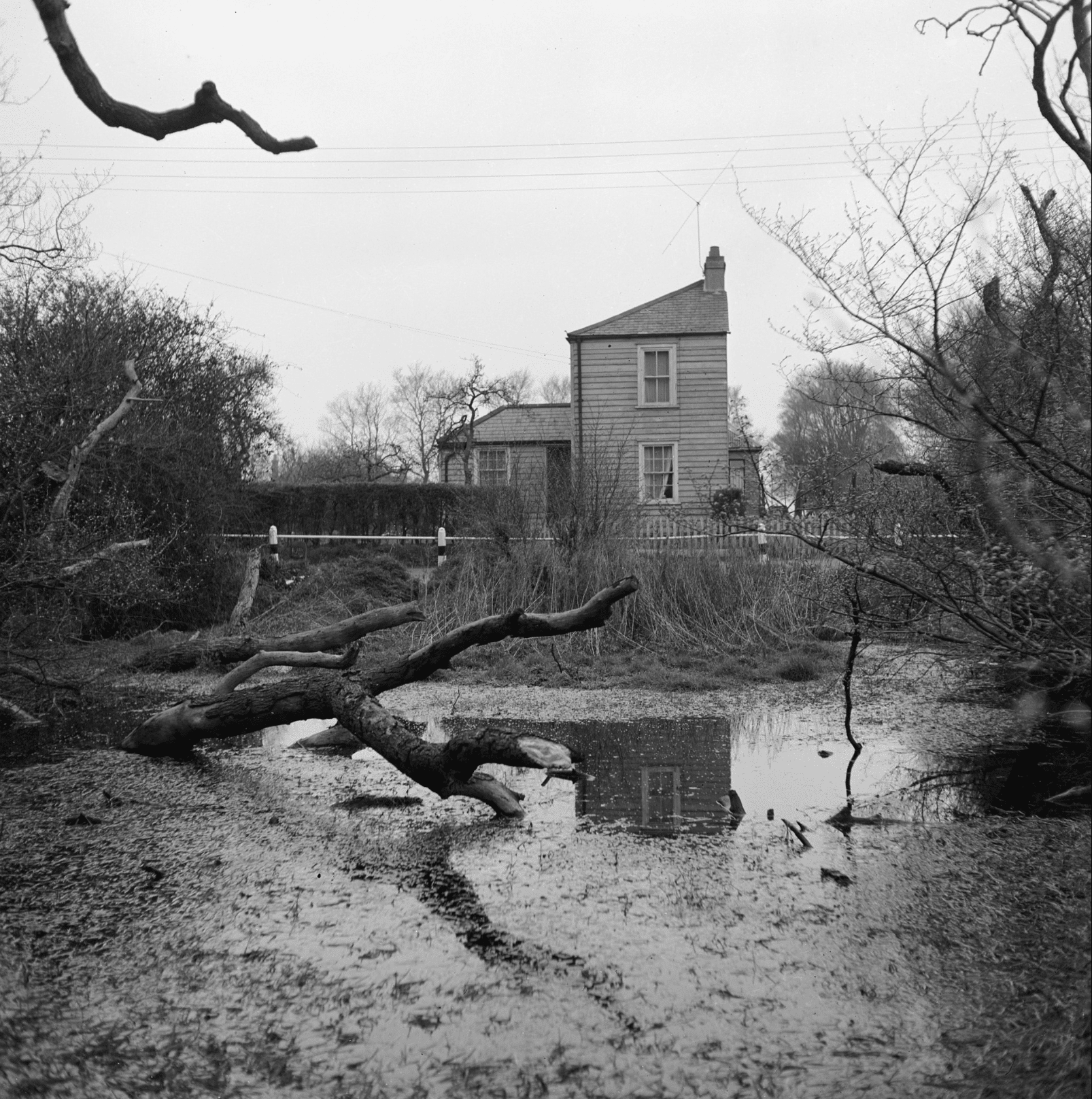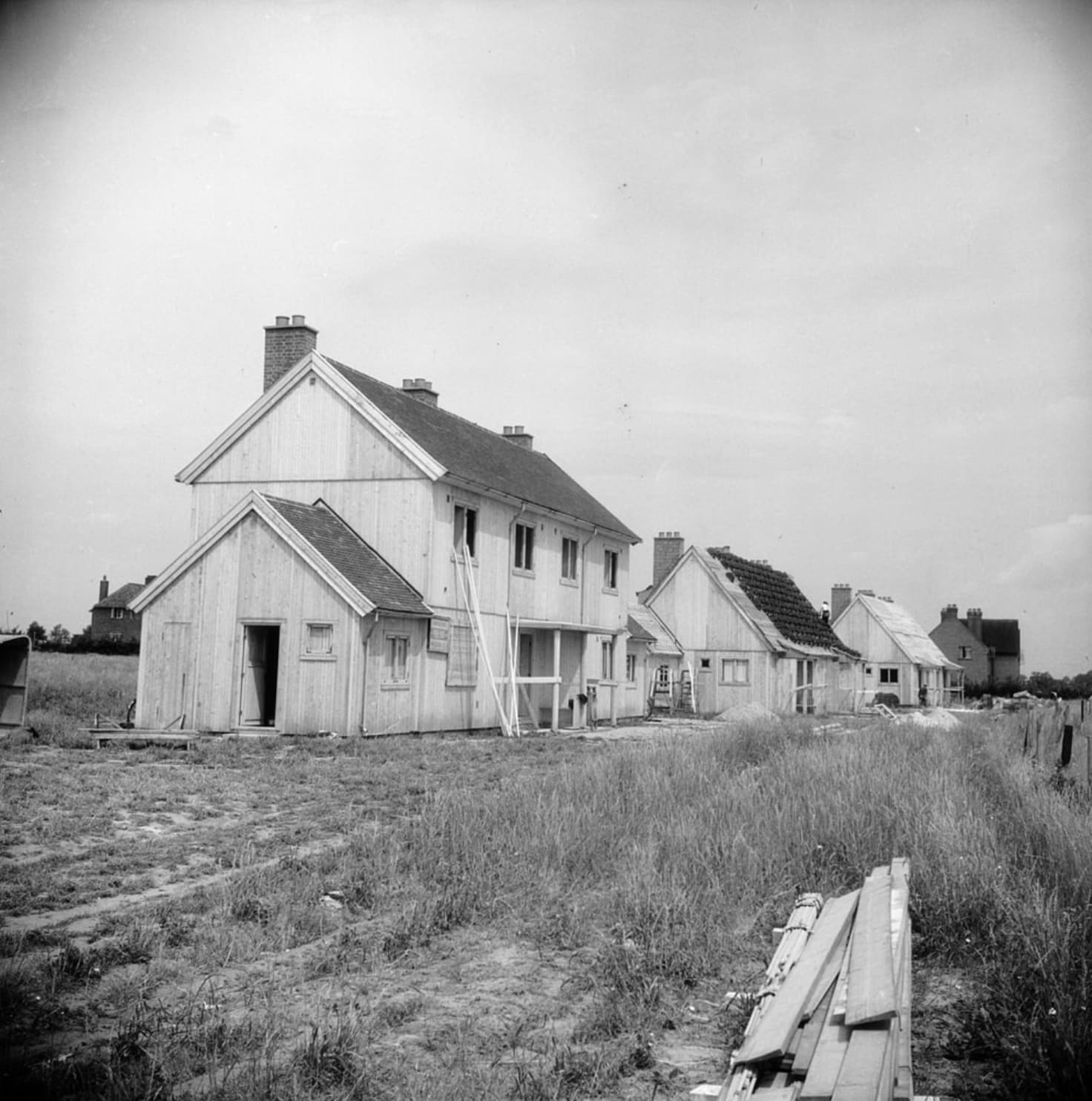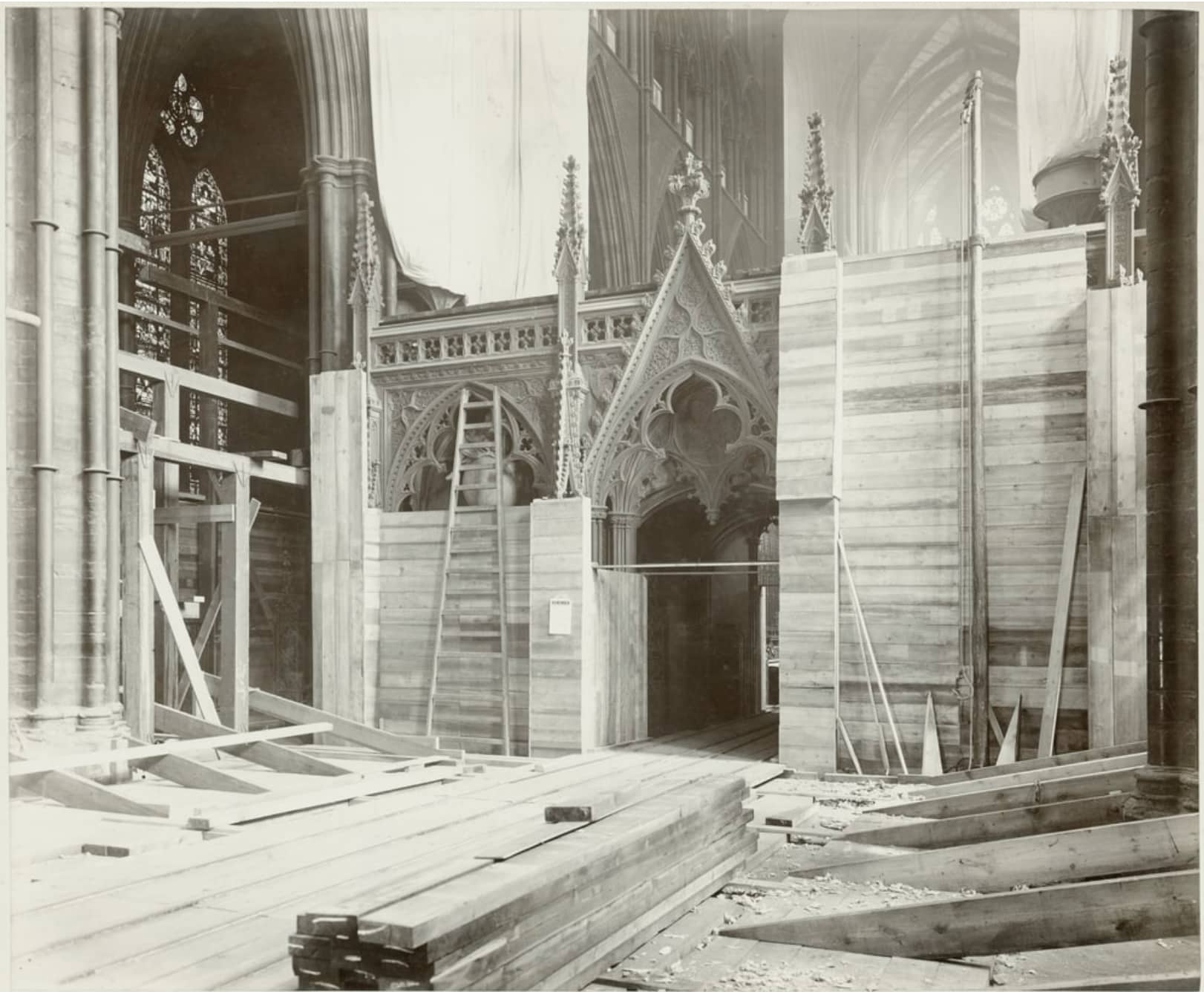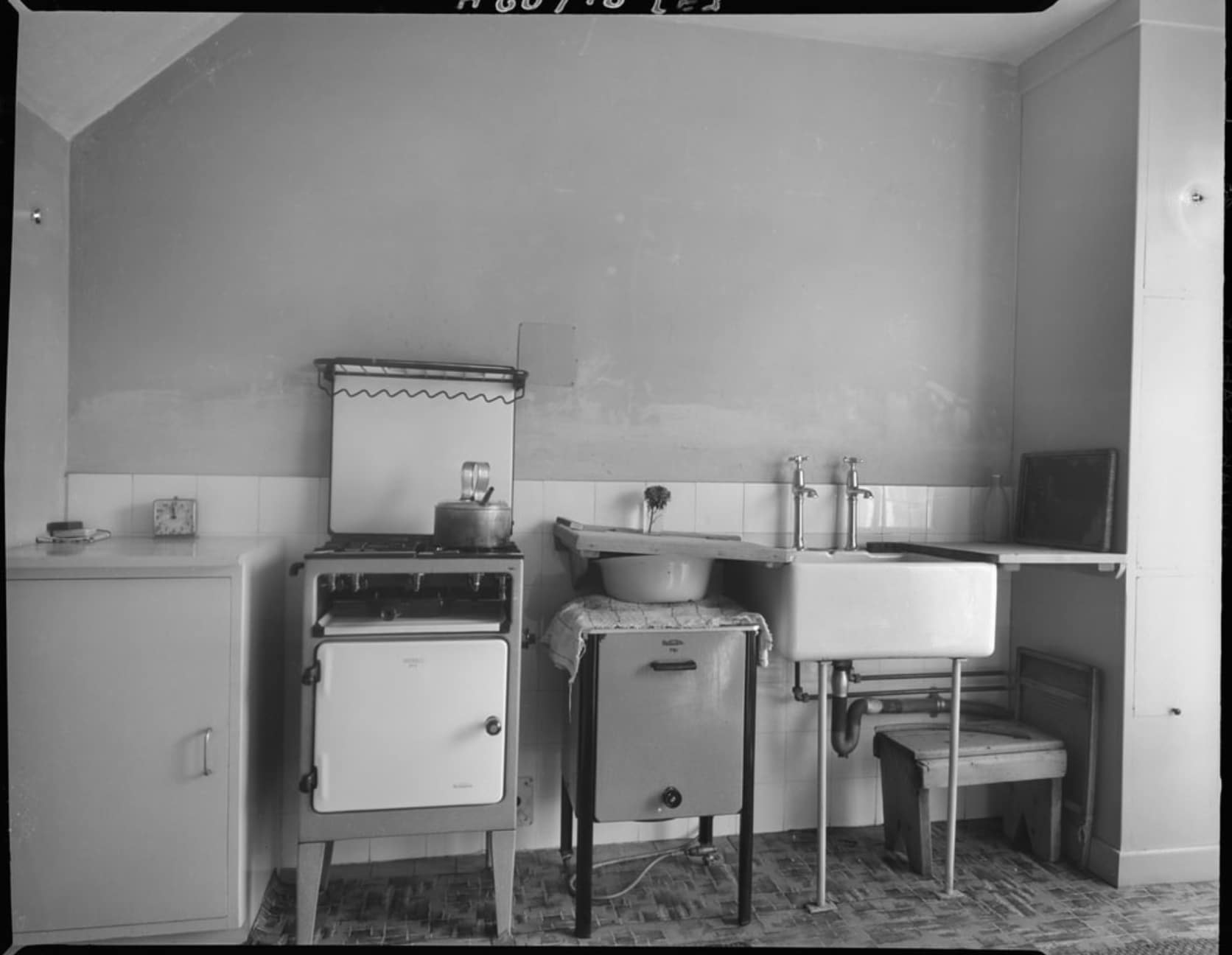Historic England Image Archive
For the past two years, our Writing Prize has attracted a large number of thoughtful texts from participants all over the world. This year we partnered with the Architecture Foundation to sponsor one of their three writing prize categories. The Drawing Matter category, titled ‘Architecture and Representation’, invited entrants to submit a short piece of writing on a drawing or series of drawings that they had studied or made.
The Historic England Archive is a repository of many smaller archives folded into one, but in its digital, searchable guise it is predominately a photographic archive. There are photographs from 1855 to the present day, largely made up of state-sponsored survey exercises, archives of commercial firms, and the small collections of committed amateur photographers. Together, they form a remarkable record of the built environment in England, a mostly unselfconscious dance through townscape, landscape, social history and architecture that has the capacity to be consulted in a specific or improvised fashion.

The most recent photographs in the archive come from the Images of England collection, a photographic record of every listed building at the turn of the millennium. Volunteer photographers were given the task of taking just one image of each building, and these photographs were filed alongside the detailed text of their listing. The effect is extraordinary, as though a team of specialists had combed through 300,000 images and tagged each one with a hundred keywords. For anyone curious about the architecture of a particular area, grappling with a typology, or wondering how to detail a material, there is enormous potential here. The scope is as broad as a glossary, made manageable by geography if the initial result is too unwieldy. Search for ‘weatherboarding’, limit it to Kent, and you have five hundred examples. Cob wall; cat slide roof; concrete plinth; L- shape; four-storey; dormer; pebbledash; lean-to; almshouse; village shop; library; market; granary; ruin – whatever the imagination or the task requires.

It is fun even if you are not looking for something in particular. And because the whole archive is searched as one, you are just as likely to stumble upon photographs from the other collections. Marshall, Keene and Company, who photographed schools and religious buildings in the 1920s and 30s, Maurice Barley who captured the houses and farmsteads of the East Midlands, Andor Gomme and his photographic sketch maps of urban centres, Bedford & Lemere, Eric de Mare, Hallam Ashley, and many more, all with an eye and a predilection of their own. Then there is the Aerofilms archive, capturing the period when the invention of flight realised the allure of the birds-eye view. Digitised and mapped earlier this year, the images are beguiling: the obliqueness of the views, their quality, and the sensation of three clear dimensions.


In a sense, this is less of a reflection and more of a plea for architects to commit time and labour to the discovery and wrangling of digitised archives. At a time when digital images are more available than ever before, our methods of sifting through them seem remarkably undeveloped – even lazy. We expect a search engine to do the hard work, but the results are often (and increasingly) unsatisfactory. Effective, possibly, if we have a reference in mind, but what if we don’t really know what we are looking for? In these cases, the process of looking could be more like rifling through second-hand postcards, where categories, regions, and subject matter guide us but the rest is left to chance. Just as reading is to writing, looking in this way might be a way of coming unstuck. But it helps to know, approximately, where to look.
Arthur Prior-Palmer studies at London Metropolitan University.
The Historic England Archive can be accessed here.
This text was selected as highly commended in the Drawing Matter category, ‘Architecture and Representation’, of the Architecture Foundation Writing Prize 2022.

– Editors